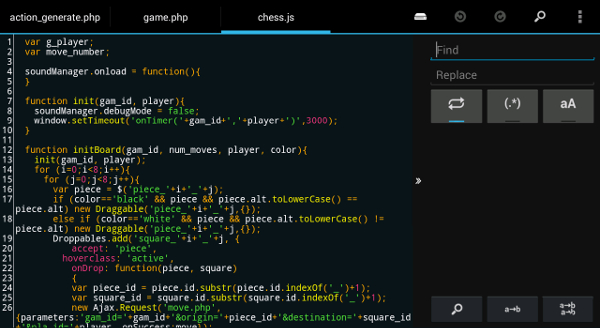

(separate purchase or subscription may be required)
#Anytone at 5888uv programming software software#
RT Systems Programming Software for Windows 7 (32 and 64 bit), Windows 8 and 8.1 (full version), or Windows 10Īn easy interface to ARRL Travel Plus, RFinder-Worldwide Repeater Directory, Radio Reference, or Repeater Book to get repeater information. Much more than just memory channel programming with settings for other radio menu items. "Read" the current configuration from the radio for editing or start from scratch in a new file. The programmer has copy and paste of memory channel information between files. Spreadsheet layout with many point and click options.Ĭolumn editing for changing several channels with minimal typing. Memory channels and other set menu items are quickly customized so your radio works like you want it to!īuilt in links to repeater frequency lists help you find the repeaters in your area or for a vacation destination.Ībility to copy and paste spreadsheet or website data. RT Systems ATP-5888UV III software helps you program memory channels and menu settings of the Anytone AT-5888UV III amateur radio. I may try to record the sound so you can hear it for yourself.RT Systems Programming Software and USB-A5R Cable for the Anytone AT-5888UV III Radio. It's really not a big deal on an FM mobile, but if you encountered this artifact on an HF or SSB rig, it would drive you crazy. One minor issue that I've already encountered: Both of the volume knobs and the channel knobs introduce a wee bit of scratch into the receiver when you turn them. I need to keep using it to understand what I hear. The RX audio also sounds pretty good for a built-in speaker, although I need to continue to do some testing as I think I hear some high-pitched artifacts that might be coming from the receiver. At the loudest setting, distortion does occur, as expected. I usually keep it about 1/3 of the possible volume, which is plenty loud for me. The RX audio can also be turned up REALLY loud, much louder than my Yaesu FRM-350. All of these tests have been performed at the normal amateur 25Khz FM bandwidth, although you can also switch to medium (20Khz) and narrow (12.5Khz) bandwidths. I even got a comment that it sounds better than my $600+ Icom ID-51 (to be fair, that's a waterproof HT). Comments like "Loud", and "nice audio" are typical. The typical response is, "WOW! That sounds REALLY good!". I've used the radio for several days now and most of the locals I talk to have had a chance to hear it. Once you understand the familiar Chinese/English menu nomenclature, it's all really simple. Switching bands is just like the FT-8800: press in the top frequency dial on the VFO you wish to use and it will change to the next band available.Ĭhanging radio settings also uses a familiar procedure: Press the set button, use the top left dial to scroll through the options, press in on the dial to select that setting, use the top left dial to scroll the various options, then press in and hold the dial until the radio beeps in confirmation and exits the setting. The left VFO will switch between any of the bands that the radio can RX, including aircraft, 220, etc., while the right VFO will only operate 2m/440.

Button layout, how you access menus, and overall design are like an 8800, while menu nomenclature and how you interact with those settings is similar to a Wouxun. Operating this radio reminds me of a cross between a Yaesu FT-8800 and a Wouxun HT. Now that I have the physical description out of the way, we can start discussing the question that I'm sure everyone has: "How does it work?"


 0 kommentar(er)
0 kommentar(er)
